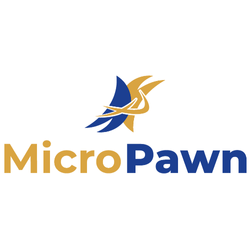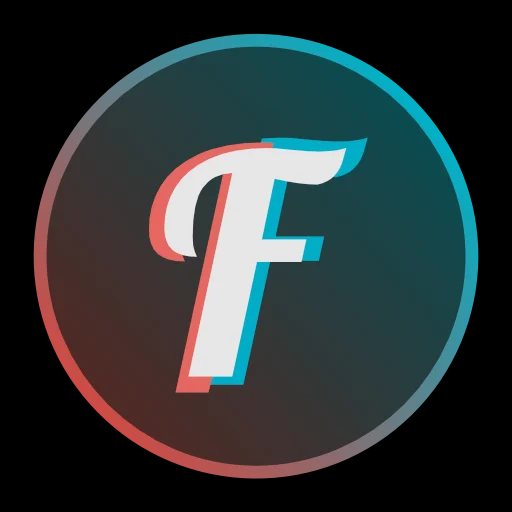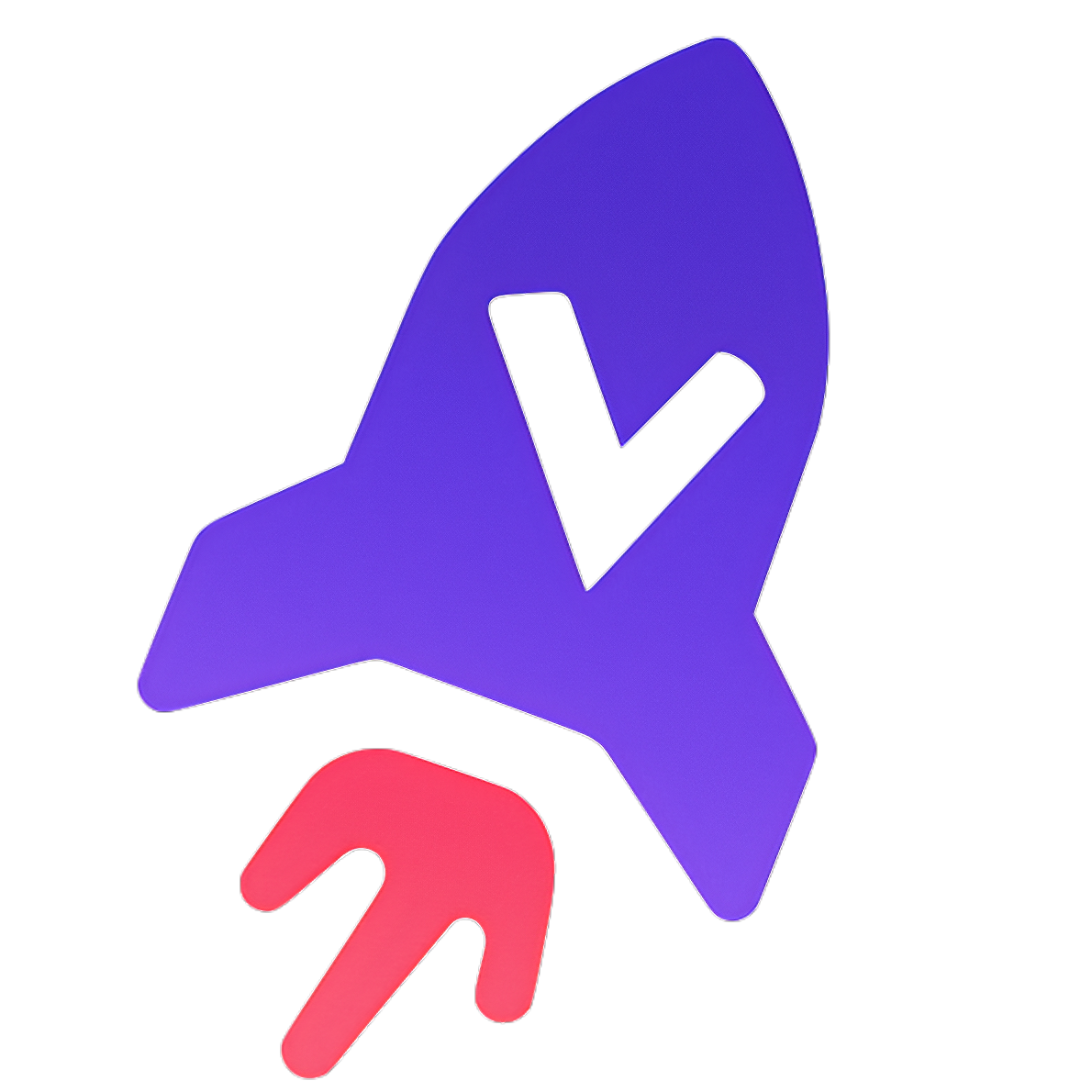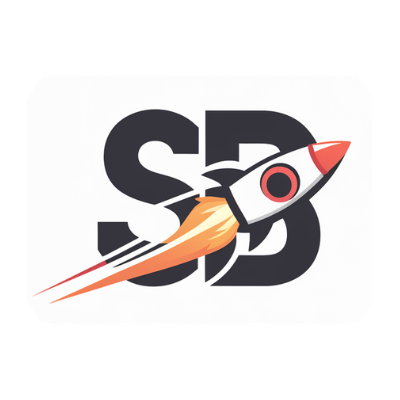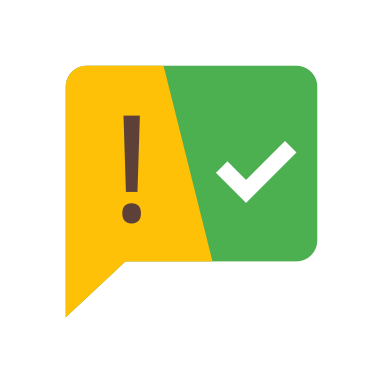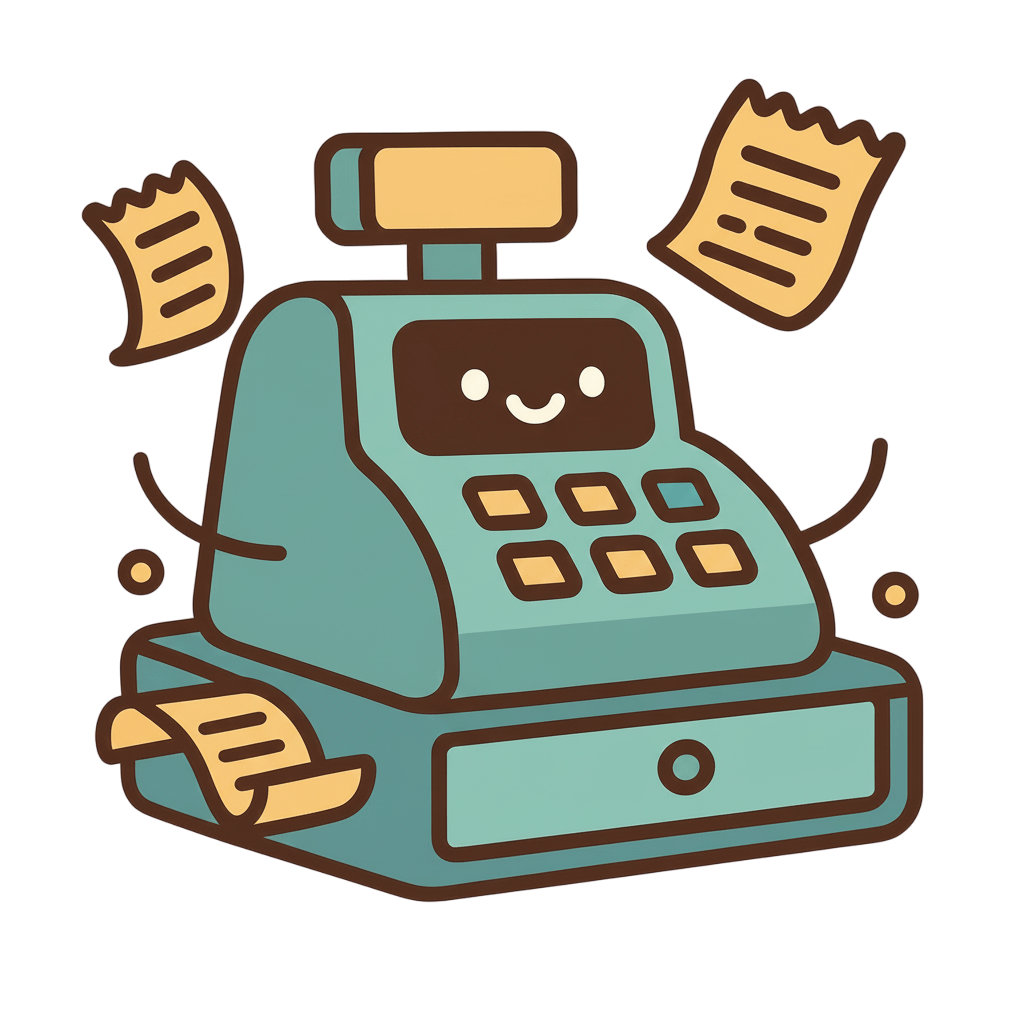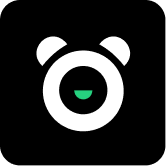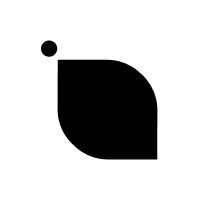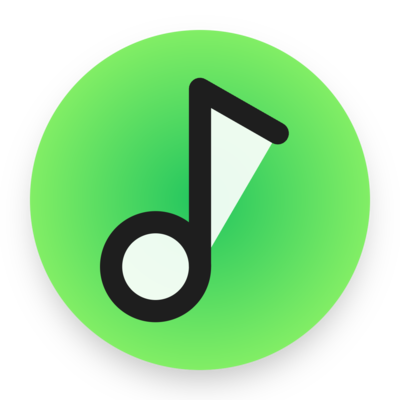

Hyperchill.io
Digital Productivity Journal
Hyperchill.io is a digital productivity journal which quantifies productivity by keeping track of the amount of deep work completed along with distractions experienced during study/ work sessions. Using this method, users can more accurately account for their productivity, and thus have an accurate record to look back on. This information can be used to make connections between productivity patterns and lifestyle choices that may be hurting or improving work efficiency and quality.









Features
- Time tracking
- Note and Task entries
- Habit Tracking
- Productivity Analytics
Use Cases
- Students studying for an exam
- Knowledge workers wanting to be more efficient with their time
Comments


In the initial spec I wrote nearly a year ago, I remember describing the mixed feelings I had with the current time tracking apps available on the web, most of which utilize a timer-based structure, where the time counts down, rather than a stopwatch-based structure with no mandatory upper bound (although one could be enforced). Eventually, I came to realize that the primary value provided by these apps wasn't necessarily the timer counting down or the corresponding "time pressure" it caused, but rather the general dichotomous structure they enforced, where you're either in "work mode" or "break mode". In my personal life, this structure facilitated a higher level of awareness regarding what I was doing during my work/ study session (increased intentionality) and decreased my tendency to impulsively and frequently distract myself with actions that weren't aligned with the task I had initially set out to conquer (E.g. Browsing the web, going onto YouTube, getting lost in irrelevant thoughts, etc.). This was due in large part to the fact that in order to do those things, I would need to be in a certain mode, and this mode was made explicit and clear on the GUI of whatever app I was using. Thus, I would become more aware of what I was about to do. This allowed time for the parts of my brain in charge of executive functioning to make a more intelligent determination as to whether or not engaging in any specific activity aligned with my high-level goals. Now, here's a list of the following issues I encountered when using these timer-based products: (1) Too constrained: Couldn't account for unexpected breaks (e.g. bathroom breaks), and needing to work longer than the set time if I felt I was able to (e.g. if I fell into a flow state) (2) Ill-suited for accurate time-tracking of focused time (e.g. deep work) due to rigid time structure (3) Didn't take into account the approximate quality of focus (based on number of distractions experienced) Any "stats" that were provided were more often than not, unidimensional, and failed to account for focus quality With that being said, I knew there had to be a better solution -- a solution that acknowledged the complexity of life, the multifactorial nature of one's ability to focus, and emphasized a more mindful approach towards work. In more concrete terms, I wanted to make something that treated any study/ work session as a mini observational experiment for the purpose of accurate data collection and meaningful reflection rather than direct manipulation of the user's behavior.

Premium Products
Sponsors
BuyAwards
View allAwards
View allMakers

Makers

Comments


In the initial spec I wrote nearly a year ago, I remember describing the mixed feelings I had with the current time tracking apps available on the web, most of which utilize a timer-based structure, where the time counts down, rather than a stopwatch-based structure with no mandatory upper bound (although one could be enforced). Eventually, I came to realize that the primary value provided by these apps wasn't necessarily the timer counting down or the corresponding "time pressure" it caused, but rather the general dichotomous structure they enforced, where you're either in "work mode" or "break mode". In my personal life, this structure facilitated a higher level of awareness regarding what I was doing during my work/ study session (increased intentionality) and decreased my tendency to impulsively and frequently distract myself with actions that weren't aligned with the task I had initially set out to conquer (E.g. Browsing the web, going onto YouTube, getting lost in irrelevant thoughts, etc.). This was due in large part to the fact that in order to do those things, I would need to be in a certain mode, and this mode was made explicit and clear on the GUI of whatever app I was using. Thus, I would become more aware of what I was about to do. This allowed time for the parts of my brain in charge of executive functioning to make a more intelligent determination as to whether or not engaging in any specific activity aligned with my high-level goals. Now, here's a list of the following issues I encountered when using these timer-based products: (1) Too constrained: Couldn't account for unexpected breaks (e.g. bathroom breaks), and needing to work longer than the set time if I felt I was able to (e.g. if I fell into a flow state) (2) Ill-suited for accurate time-tracking of focused time (e.g. deep work) due to rigid time structure (3) Didn't take into account the approximate quality of focus (based on number of distractions experienced) Any "stats" that were provided were more often than not, unidimensional, and failed to account for focus quality With that being said, I knew there had to be a better solution -- a solution that acknowledged the complexity of life, the multifactorial nature of one's ability to focus, and emphasized a more mindful approach towards work. In more concrete terms, I wanted to make something that treated any study/ work session as a mini observational experiment for the purpose of accurate data collection and meaningful reflection rather than direct manipulation of the user's behavior.

Premium Products
New to Fazier?
Find your next favorite product or submit your own. Made by @FalakDigital.
Copyright ©2025. All Rights Reserved


